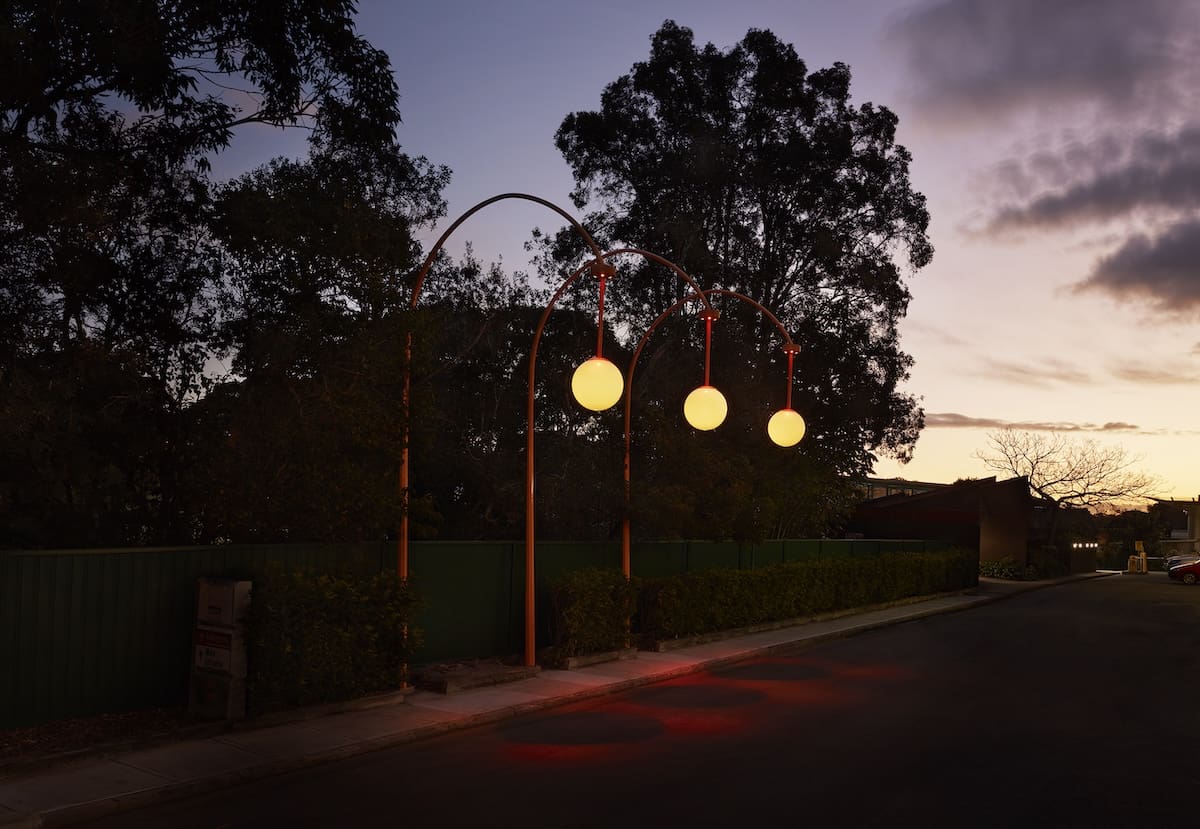
Finding New Spaces Together
‘Vádye Eshgh (The Valley of Love)’ is a collaboration between Second Generation Collective and Abdul-Rahman Abdullah weaving through themes of beauty, diversity and the rebuilding of identity.
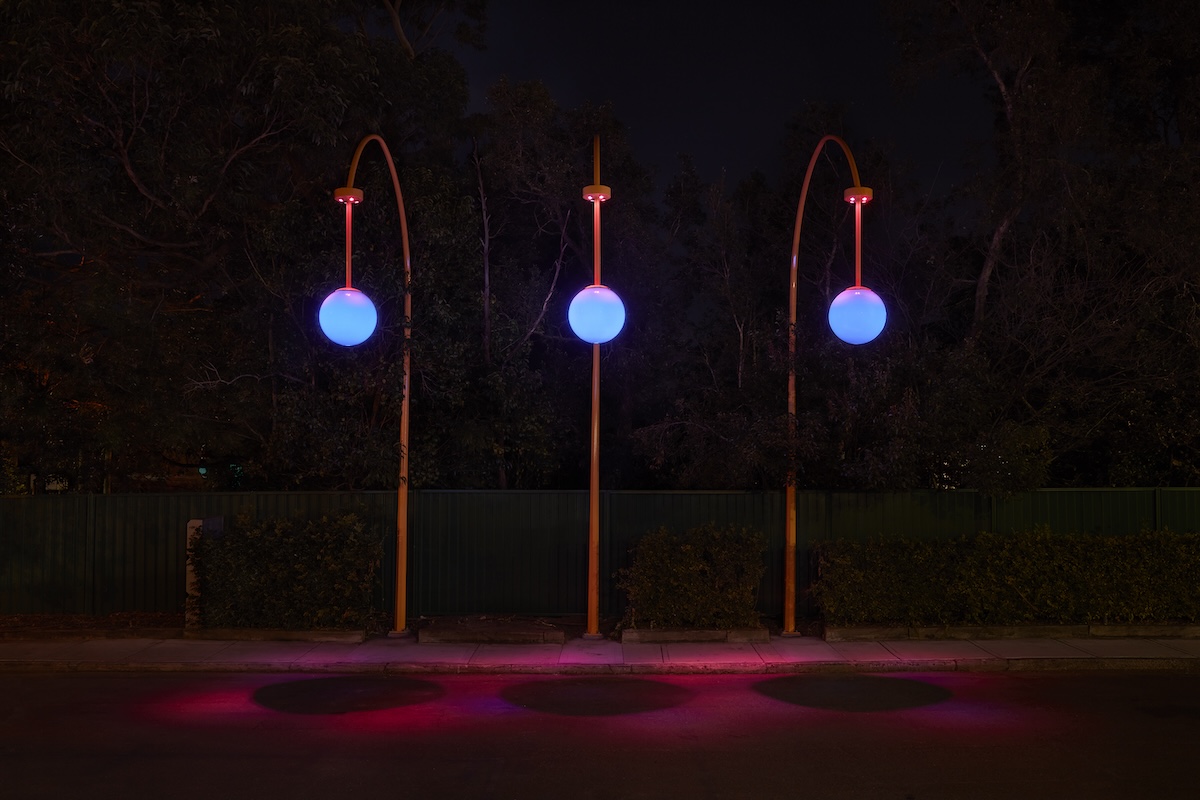
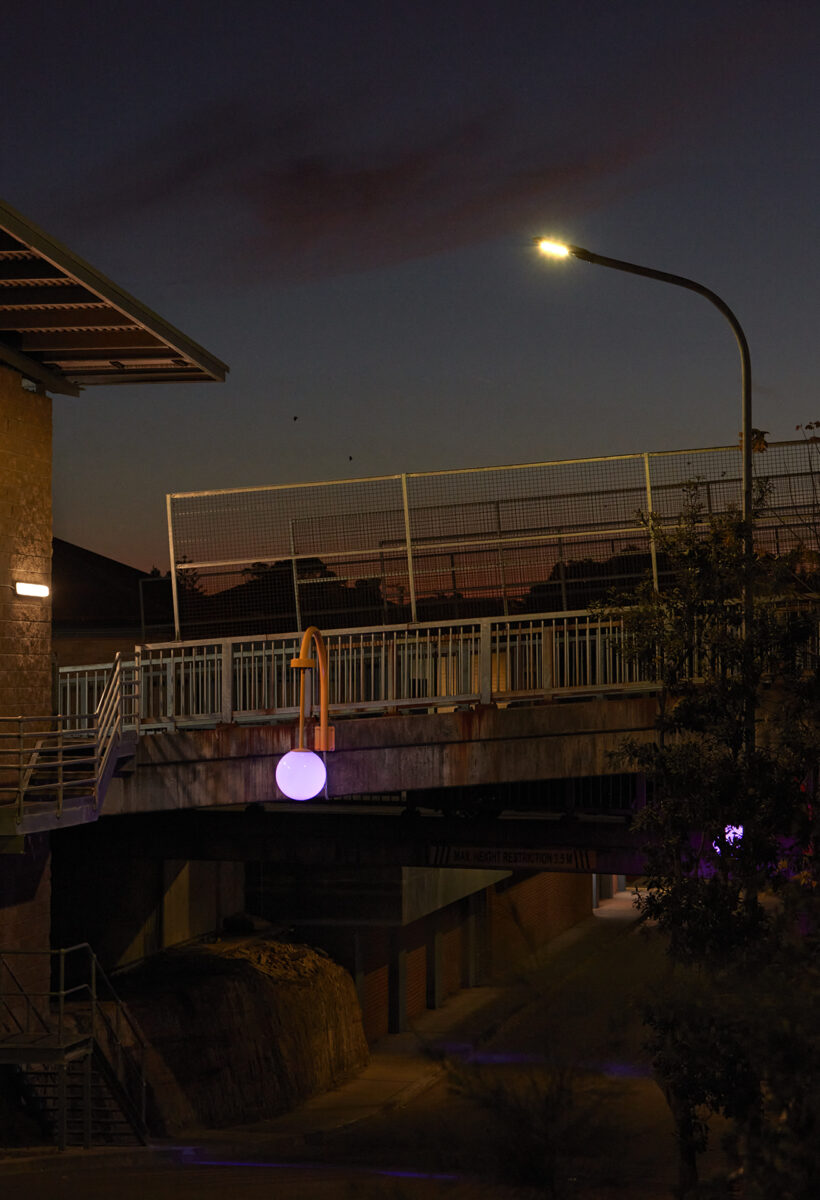


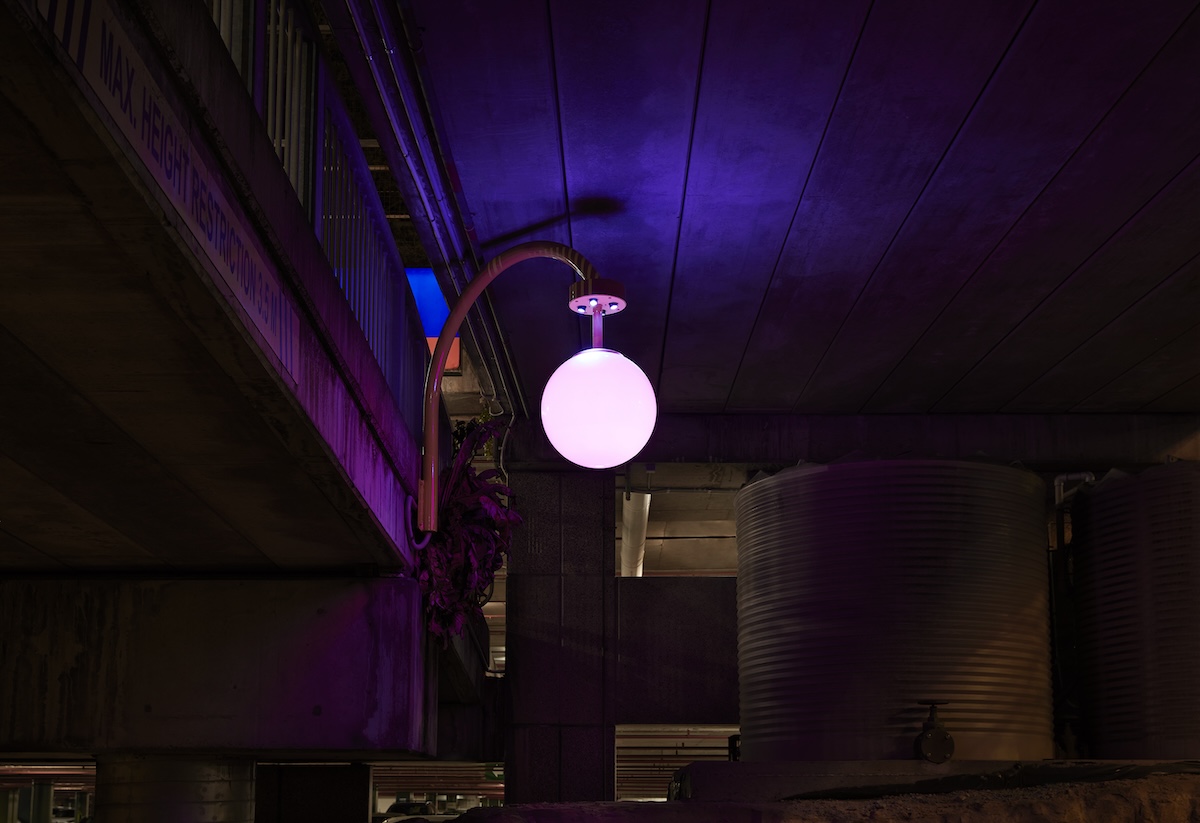
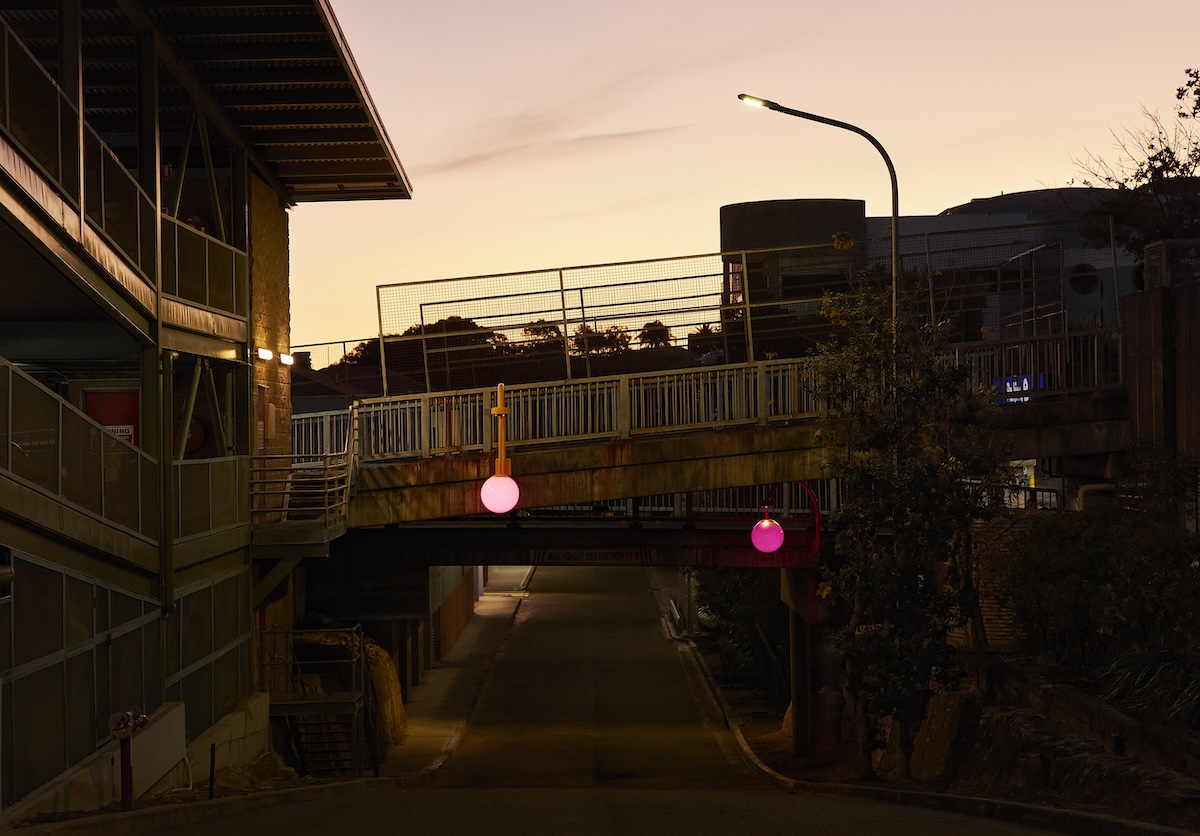
Walking home at night can be an uncomfortable experience. Many would be familiar with the uneasy feeling of being under the harsh white lights often stationed along pathways and near public transport. Although designed with the good intention of keeping people safe, do these brightly lit spaces create a sense of calm or do they make us feel the opposite?
This is a question artist Rochelle Haley seeks to answer in the way she makes art. Building on a foundation of painting, choreography and installation, Haley has based her multidisciplinary art practice around light and movement. Responding to the need for safe spaces, particularly for women and non-binary people, Haley has created a new public artwork called Lunar Sway. Set up on pathways around the Randwick Health & Innovation Precinct, a 24-hour public space that includes four hospitals and a university in southeastern Sydney, Lunar Sway blends light and colour to encourage a sense of calm in those walking across campuses at night.
“With Lunar Sway I wanted to frame an experience people were already having towards something safer and more inclusive. I considered how people were physically moving around that environment, how their sight lines were changing and how the colour palette and lighting felt. Even when using traditional mediums like paint on canvas or watercolor on paper, I think a lot about how our optical perception of light impacts our ability to see colour and form, and how our vision is linked to our bodily movement.”
Tapping into the rhythms of day and night light cycles, Lunar Sway incorporates a series of curved poles, each suspended with a large orb and installed along select walkways around the Randwick Health Campus. To come up with a colour palette and pattern of movement for the lights, Haley observed the colours of the night sky and tracked the sun’s path across different times of the day. As a result, the orbs glow with colours that gently move through a palette inspired by the hues of night and day.
“I describe the lighting of Lunar Sway as scenes,” says Haley. “There’s a sunset scene which modulates through to vibrant, energetic colours. There is also a dusk scene and a pre-dawn scene which undulate very slowly through a more subdued palette, before once again rising to a vivid scene for sunrise in the morning. Over the daytime, the scene sets the internal lights at a very dim level, almost like they are at rest.”
During the development phase for Lunar Sway, researchers found that 80% of the hospital workforce at Randwick were women who attended night shifts and had to frequently use public spaces at night. One of the changes they specifically wanted was a shift away from spotlit security lights. “This type of light can often make you feel exposed and less safe because you’re walking through a very brightly lit corridor surrounded by complete darkness,” Haley says. “You don’t know if you are being watched. The temperature of security lighting is very cold, which can be upsetting to the nervous system. It’s a bit creepy and overly saturated. I wanted to produce a calming, more welcoming and safe experience for people.”
In addition to the orbs of Lunar Sway, a light on top of each pole projects a beam of coloured light onto the floor below. Forming soft circular shapes on the ground, the two light sources combined create an effect like an eclipse, where a physical form passes in front of light and produces crescent shaped shadows. “I wanted to create longer sight lines and draw people’s attention to what was above them, instead of always looking down or that typical experience of looking one behind oneself when you’re walking alone at night.”
Throughout her practice, Haley’s work with public spaces often includes physical interactions like people moving through walkways or choreographed dances that activate the architectural space at varied intervals, bringing our attention to how the body occupies and moves through the built environment. As she explains, “We spend so much of our time with architecture. Our bodies are physically inside buildings most of our life, so while I’m really connected to natural light and the natural environment, also engaging with architecture is like a supercharged way of connecting oneself to place.”
Lunar Sway
Rochelle Haley
Randwick Health & Innovation Precinct, NSW
